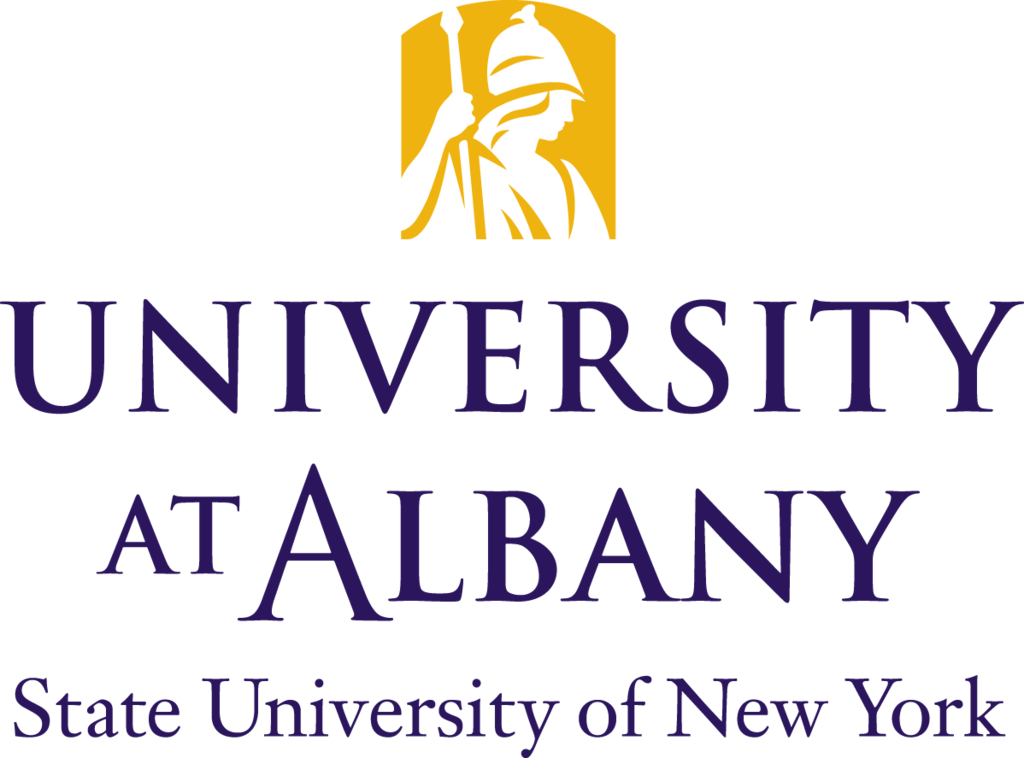Newswise — ALBANY, N.Y. (Jan. 30, 2020) –University at Albany atmospheric scientist Brian Tang has been awarded $2.145 million from the Office of Naval Research (ONR) to help forecasters better understand and predict the rapid intensification of hurricanes.
Current hurricane models do not typically forecast rapid intensification well, according to Tang. This is due to, what he says, is three complex processes at play: the environment around a hurricane; thunderstorm clouds within a hurricane; and small-scale turbulent motions between the ocean and clouds.
His goal is to examine how these processes are working together – guiding improvements in hurricane forecast modeling.
“To borrow a phrase from the great American astronomer Carl Sagan, hurricanes are a microcosm of the ‘awesome machinery of nature.’ Understanding how this machinery works in a hurricane, particularly ones that rapidly intensify, drives me as a researcher studying these storms,” said Tang, an associate professor in the University’s Department of Atmospheric and Environmental Sciences (DAES).
“Rapidly intensifying hurricanes can pose a grave threat to coastal communities,” he added. “There have been a number of instances where hurricanes have rapidly intensified in the day or two before landfall, such as Hurricane Michael in 2018, resulting in escalating dangers to coastal communities and leaving little time to react.”
Tang is teaming up with the National Center for Atmospheric Research and the University of Miami over the next five years to conduct the research. DAES professor Robert Fovell is also collaborating as a co-principal investigator.
With ONR’s support, the group will look at rapid intensification through several lenses. This includes a comparison of past hurricanes that were in similar environments and had similar characteristics, but differed in intensification, and then running computer simulations to study processes leading to rapid intensification. The simulations will be run at an ultra-high resolution, 10- to 30-times higher than current hurricane forecast models.
In addition, the group plans to be involved in an ONR field project to collect data from inside hurricanes using reconnaissance aircraft. They will also be recruiting graduate students and postdoctoral research associates to join the research team.
“Accurate hurricane intensity forecasts are critical to resiliency and preparedness,” Tang said. “It is our hope that this research will help improve forecasts of hurricane intensification, so that emergency managers, government officials, the military, and the public may make more informed decisions ahead of threatening hurricanes.”
You can learn more about Tang by visiting his UAlbany expert page.
About UAlbany’s Weather-Climate Enterprise:
With close to 120 faculty, researchers and staff, UAlbany hosts the largest concentration of atmospheric, climate and environmental scientists in New York State, and one of the largest in the nation. Led by its Department of Atmospheric and Environmental Sciences and Atmospheric Sciences Research Center, UAlbany is also home to the NYS Center of Excellence Weather-Climate Business Analytics, the xCITE R&D laboratory, and the New York State Mesonet – the most advanced mesoscale weather observation system in the nation.
###
